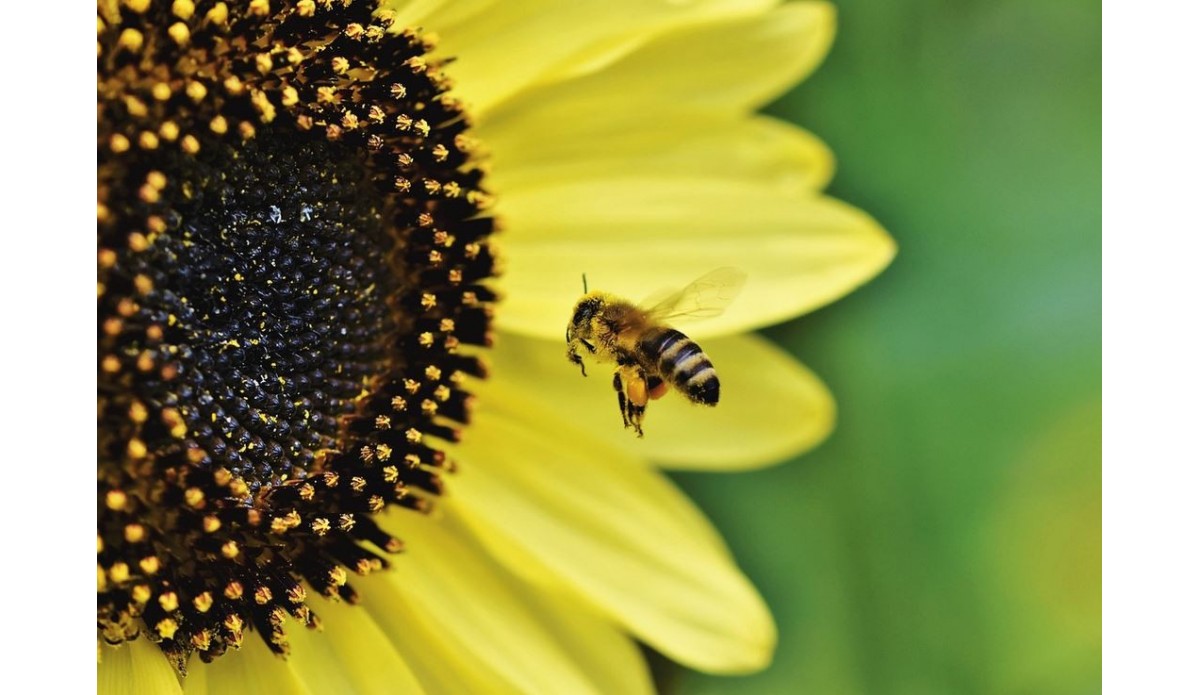Threats hovering over bees

The threats of the 21st century that affect bees
Everyone knows the importance of bees both for the biodiversity of the planet and for the economy of the countries. It should be noted that around 80% of the crops dedicated to human food in different parts of the planet depend to a greater or lesser extent on the pollinating activity of insects, including the bee. In this blog post we will talk about some factors that threaten the balance and integrity of bees and that have as a more immediate consequence a high mortality of bees in the apiaries of our country.
One of the threats that we all have in mind and that has already been recognized by the European Union, is that of pesticides used in agriculture, especially those made of neonicotinoids. One of the precautions that beekeepers currently have to take into account is that of locating apiaries whenever possible away from agricultural farms that use pesticides. It is precisely the agricultural activity that favors the creation of the monoculture practice, losing biodiversity both in the same cultivated area and in the adjacent areas. This hurts bees, since there is less biodiversity, bees need to fly much further to get food with the consequent loss of energy and greater investment of effort and time to bring food to the hive.
In addition to pesticides, bees have to face a dreaded mite: the varroa mite. Beekeepers have to invest a lot of time and effort (and money) to fight this mite and the diseases that this mite transmits to the bees. Apart from varroa, bees must also fight against the pathogen Nosema ceranae, very common and widespread in Spain.
The bee must also fight against natural predators, such as the bee-eater. Although the bee-eater and the bees can coexist in a certain natural balance, it is true that there are cases in which beekeepers see how bees do not go out to do their normal activity when the bee-eater is on the prowl.
Another natural predator, in this case from the Asian continent, is the Asian wasp (Vespa Velutina Nigrithorax). This fearsome predator is a tireless bee hunter (he can even physically enter the hives and plunder them completely killing the bees and their queen, annihilating the larvae and eating all the honey). It is estimated that 30% of the diet of the Vespa velutina that you eat daily is precisely the bees.
Another threat, silent and relentless, is the change in patterns that have occurred regarding the flowering of plants and trees. Some species of plants, flowers and trees can flourish at times of the year that did not occur before, negatively modifying the daily habits of bees damaging them since they are not adapted to these recent changes so abrupt.
If you think there are other problems that affect bees, you can tell us by sending us an email so we can write about it. Mundoabejas.com team







Comments
No comment at this time!
Leave your comment